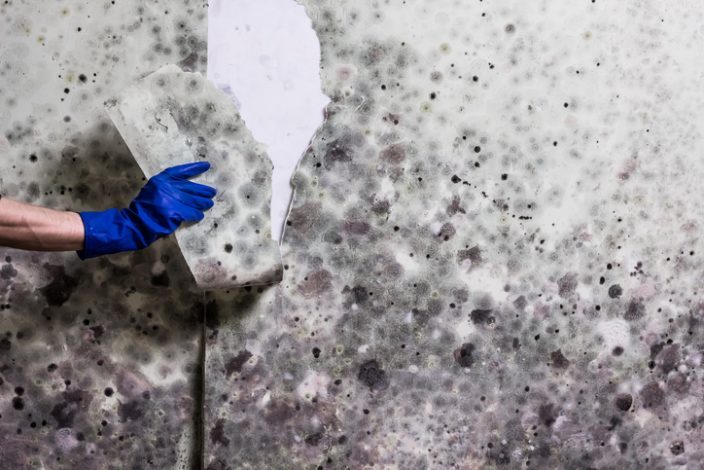Making Sure Post Remediation Verification Precision
Wiki Article
Your Ultimate Overview to Blog Post Mold Remediation Strategies
In the after-effects of mold and mildew problem, recognizing exactly how to properly eradicate the mold and mildew and prevent its reoccurrence is critical for maintaining a healthy and balanced interior environment. From choosing the appropriate cleaning and disinfecting techniques to carrying out strategies for long-term mold prevention, each action in the removal trip plays a crucial role in guaranteeing an effective result.Comprehending Post-Mold Remediation Process
After completing the mold and mildew remediation procedure, it is essential to understand the post-mold removal strategies that are required to guarantee a complete and efficient clean-up. Once the mold and mildew has actually been gotten rid of, the next action entails cleaning and sanitizing the impacted locations to prevent any type of regrowth of mold and mildew. This includes utilizing specialized cleaning up agents to clean down surfaces and eliminate any continuing to be mold spores. It is important to dry the location completely to inhibit the growth of mold and mildew in the future (Post remediation mold testing near me). Proper air flow and dehumidification can aid in this procedure.
Additionally, carrying out a last inspection post-remediation is essential to make sure that all mold has actually been efficiently gotten rid of. This assessment should entail a detailed aesthetic check along with possibly air sampling to validate the absence of mold spores airborne. Added remediation might be essential if the assessment discloses any type of sticking around mold. Last but not least, enlightening owners on safety nets such as controlling dampness degrees and promptly dealing with any kind of water leakages can assist preserve a mold-free environment.
Efficient Cleaning Up and Disinfecting Techniques

Avoiding Future Mold Development

Relevance of Appropriate Air Flow
Correct ventilation plays a vital role in stopping wetness accumulation, a crucial consider mold growth within indoor atmospheres. Efficient ventilation systems assist get rid of excess moisture from the air, minimizing the possibilities of mold and mildew spores finding the moisture they need to sprout and spread. Without ample ventilation, interior spaces can come to be a breeding ground for mold, bring about potential health threats and architectural damage.By guaranteeing correct air flow, air flow systems can likewise help in drying damp locations quicker after water damage or flooding occurrences, better deterring mold and mildew development. Post Mold Remediation. Precede like shower rooms, kitchen areas, basements, and attics where dampness levels have a tendency to be higher, mounting and keeping effective air flow systems is crucial in stopping mold invasions

Surveillance and Maintenance Tips
Given the critical duty that proper air flow plays in avoiding mold growth, it is vital to establish effective monitoring and maintenance ideas to guarantee the continued performance of air flow systems. Surveillance humidity levels within the residential property is also vital, as high moisture can add to mold and mildew development. By remaining attentive and aggressive to the problem of ventilation systems, residential property proprietors can successfully reduce the threat of mold and mildew regrowth and maintain a healthy and balanced indoor atmosphere.
Final Thought
Finally, post-mold remediation methods are important for ensuring a tidy and risk-free environment. Understanding the procedure, applying efficient cleansing and decontaminating methods, preventing future mold and mildew development, maintaining appropriate air flow, and regular tracking are all critical action in the removal procedure. By following these standards, you can effectively get rid of mold and prevent its return, working or advertising a healthy and balanced living room for all residents.In the aftermath of mold and mildew problem, recognizing just how to successfully remove the mold and avoid its reoccurrence is critical for maintaining a healthy indoor setting. As soon as the mold has been removed, the next action includes cleaning and sanitizing the affected areas to avoid any type of regrowth of mold and mildew - Post Mold Remediation. After Post Mold Remediation Report removing noticeable mold and mildew growth, it is critical to clean up all surfaces in the affected location to eliminate any continuing to be mold spores. To even more improve mold and mildew avoidance actions, it is crucial to address underlying concerns that at first led to mold advancement.Offered the important duty that proper ventilation plays in avoiding mold growth, it is necessary to establish efficient surveillance and upkeep ideas to make certain the continued performance of air flow systems
Report this wiki page